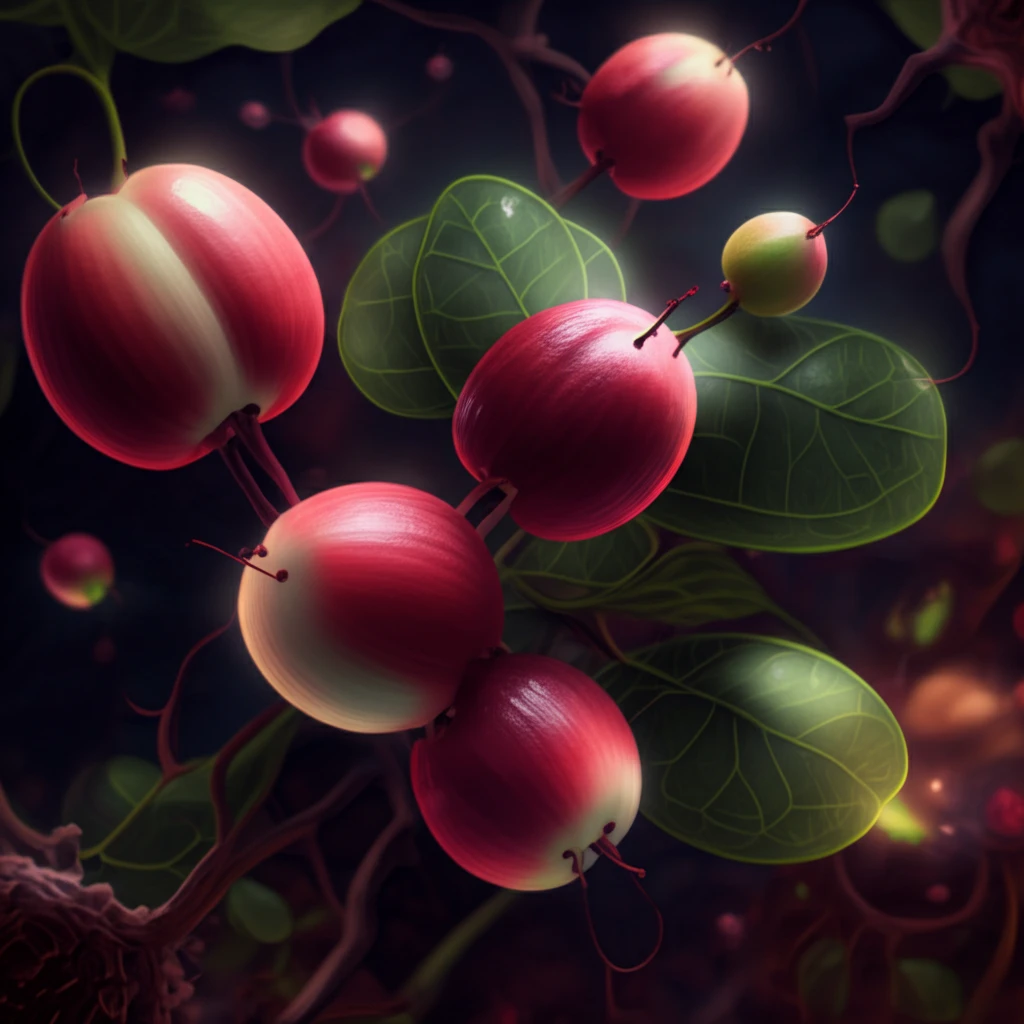
The Carissa Congesta Superfruit: Your Guide to Health, Growth, and Culinary Uses
"Discover the hidden potential of Carissa congesta, from its cultivation and health benefits to its exciting culinary applications."
In the realm of underutilized superfruits, Carissa congesta stands out as a nutritional powerhouse with significant potential. Often overlooked, this fruit, native to India and parts of Southeast Asia, is packed with health benefits and versatile culinary uses. Recent research has begun to uncover the secrets of its unique growth patterns, making it an exciting subject for both agricultural and nutritional studies.
Carissa congesta, also known as C. carandas L., belongs to the Apocynaceae family and is characterized by its spreading, semi-vine shrub nature. Growing to a height of 3-5 meters, this plant is armed with thorns and bears clusters of white, pink-tinged flowers. The fruit itself is a berry, forming in clusters of 3-10, with a thin, tough skin that transforms from pinkish-white to a rich red or dark purple as it ripens, resembling purple grapes.
Historically, Carissa congesta has been employed in traditional medicine to address various ailments, ranging from malaria and epilepsy to fever and skin conditions. Modern studies have further validated its antioxidant, antimicrobial, anticonvulsant, and anticancer properties, positioning it as a valuable addition to a health-conscious diet. This article delves into the fascinating world of Carissa congesta, exploring its growth patterns, health benefits, and diverse culinary applications, providing a comprehensive guide for those eager to discover this underrated superfruit.
The Science of Growth and Development

A detailed study, meticulously conducted over thirteen weeks after anthesis (WAA), has shed light on the growth pattern of Carissa congesta. The fruit exhibits a single sigmoidal growth curve, characterized by three distinct physiological stages: S1, S2, and S3. During S1, the fruit undergoes rapid cell division, followed by cell expansion in S2, before reaching physiological maturity in S3. This growth pattern is crucial for understanding the optimal harvesting times and cultivation techniques.
- Sigmoidal Growth: The fruit follows a single sigmoidal growth pattern with three distinct stages.
- Color Transformation: Changes from whitish-pink to red and dark purple, indicating anthocyanin accumulation.
- Firmness Variation: Increases initially, then decreases as the fruit ripens.
- Non-Climacteric: Exhibits no ethylene production during ripening.
Unlocking the Potential of Carissa Congesta
Carissa congesta, with its unique growth pattern, potent health benefits, and culinary versatility, holds tremendous potential as an underutilized superfruit. Further research into its secondary metabolites could unlock new possibilities for nutrition and health. As awareness grows, Carissa congesta may well find its place on supermarket shelves and in health-conscious diets around the world, offering a delightful and nutritious addition to our culinary landscape. By understanding its growth patterns and harnessing its natural benefits, we can unlock the full potential of this remarkable fruit.
